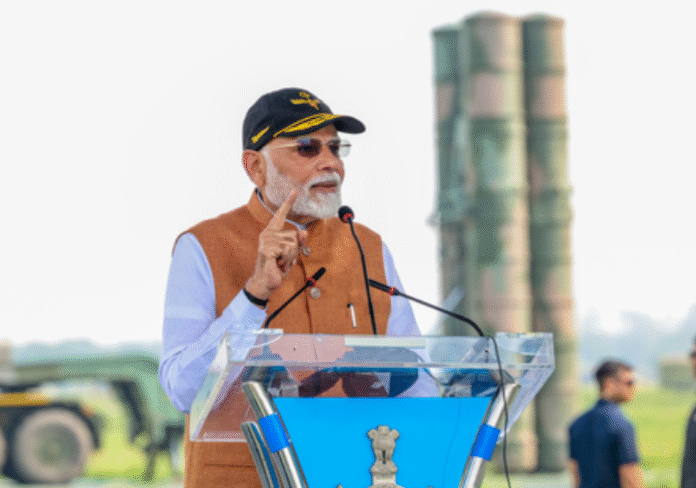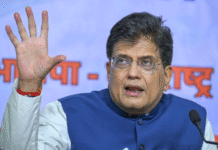WASHINGTON– Citing the overwhelming success of India’s recent Operation Sindoor, top American defense experts have urged the United States to draw lessons from India’s rapid modernization and homegrown defense manufacturing efforts.
In a detailed analysis published in Small Wars Journal titled “India’s Wake-Up Call: Why U.S. Defense Reform Must Match the Speed of Modern War,” renowned urban warfare expert John Spencer and Vincent Viola—former Chairman and CEO of the New York Mercantile Exchange and a veteran of the 101st Airborne Division—praised India’s transformation, calling it “a master of the physics of lethality.”
The authors argue that the U.S. urgently needs sweeping defense reforms to keep pace with modern warfare. “Wars today—and the even more brutal conflicts on the horizon—will not be won by the slow, bloated, or bureaucratically constrained,” they wrote. “They’ll be won by those who can think faster, build faster, and fight smarter. India just showed us what that looks like.”
Spencer, Chair of Urban Warfare Studies at the Modern War Institute, and Viola pointed to India’s Make in India initiative, launched by Prime Minister Narendra Modi in 2014, as a strategic catalyst for change. They emphasized that the program’s long-term investments culminated in a game-changing moment during Operation Sindoor.
“Operation Sindoor wasn’t just a rapid and precise military retaliation against a cross-border terror attack,” they wrote. “It marked a strategic inflection point. In just four days, India used domestically developed systems to strike hardened targets across the border with speed, precision, and overwhelming impact—without relying on U.S. equipment or foreign supply lines. Just BrahMos missiles, Akashteer air defense systems, and indigenous loitering munitions.”
The success, they noted, wasn’t just tactical. “It validated a defense doctrine built around robust domestic industrial capacity. Most importantly, it sent a clear message to its strategic rival, Pakistan—a Chinese-aligned military power. In Sindoor, India didn’t just prevail. It showcased overwhelming superiority over a Chinese-backed adversary.”
The article highlights that systems like the BrahMos supersonic cruise missile, AI-powered Akashteer defense network, and long-range loitering drones weren’t experimental tech—they were combat-ready tools, deployed and validated in real war conditions.
“In the skies over Pakistan, India didn’t just dominate—it redefined regional deterrence,” they asserted.
India’s achievements in defense self-reliance are equally notable. The country has increased domestic sourcing in defense capital procurement from 30% to 65%, with a target of 90% by the end of the decade. Capital outlays for domestic production jumped from $6 billion in 2019–2020 to nearly $20 billion in 2023–2024. The government also allowed up to 74% foreign direct investment in defense to attract global partners while building local capability.
“India didn’t just talk about reform. It executed it. And it won,” the experts wrote.
Spencer and Viola called on Washington to urgently rebuild its defense industrial base and master the “physics of lethality” at scale, speed, and sustainability. They advocated for the creation of permanent, deployable learning teams embedded on the front lines—not gathering lessons secondhand from news reports, but collecting real-time data directly from urban battlefields, drone labs, and logistics hubs.
“From Ukraine to India, battlefield truths are being written in real time. The U.S. must collect, analyze, and integrate those lessons into our own systems with one goal in mind: to make America’s defense ecosystem the most efficient, adaptable, and dominant in the world,” they concluded. (Source: IANS)













